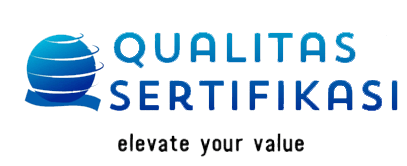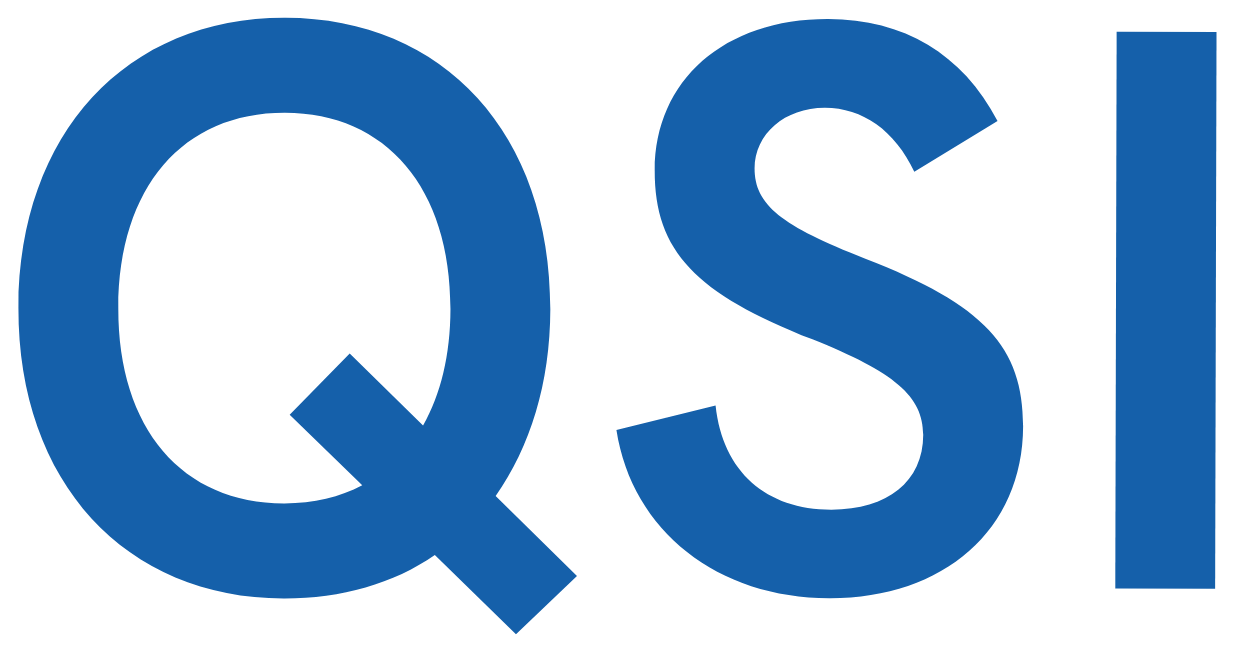GAP INC. AND TEXTILE EXCHANGE TO PUBLISH SUSTAINABLE FIBERS TOOLKIT FOR APPAREL INDUSTRY
Creata Indonesia • February 17, 2021
Source: textileexchange.org
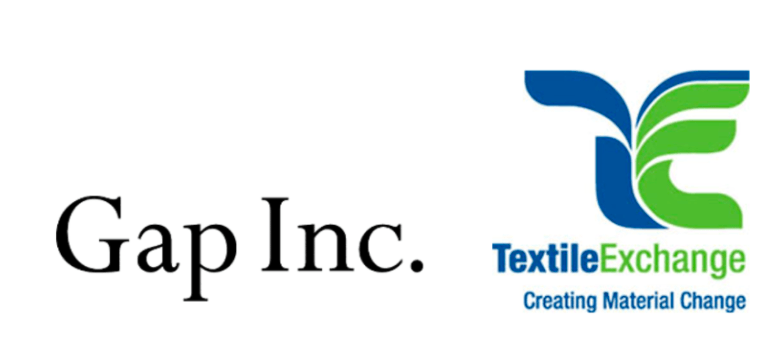
SAN FRANCISCO – September 10, 2020 – Gap Inc. (NYSE: GPS) and Textile Exchange are proud to announce the public release of Gap Inc.’s Preferred Fiber Toolkit (PFT), a resource to be used by sourcing and design teams to inform companies on meeting their sustainability goals.
With this partnership, the Toolkit will be developed as a publicly available, industry-wide resource, providing companies with consolidated, validated guidance so that together we can create healthier communities while better protecting the planet.
As an industry, apparel and retail have struggled to cohesively measure and explain sourcing material choices, often resorting to a brand-by-brand decision-making process that can be subjective and opaque. With customers, employees, and other shareholders expecting higher levels of transparency than ever, brands are working to source and market more sustainable fibers.
The Toolkit includes a rigorous evaluation of raw material choices building upon quantitative data inputs from the Sustainable Apparel Coalition’s (SAC) Higg Materials Sustainability Index. It also incorporates other holistic indicators to consider environmental considerations, such as biodiversity and land-use change, and waste-elimination guidance for contributing to the circular economy. Human rights, labor concerns, and animal welfare within raw material sourcing are also considered, to layer in additional nuance beyond environmental data. This tool will provide clear direction to create alignment and reduce the proliferation of conflicting guidance.
“The development of the PFT has been crucial to Gap Inc’s ability to set goals and develop internal awareness on how to design better products and set fiber strategies,” said Diana Rosenberg, Product Sustainability Manager, Gap Inc. “A rigorous and data-driven approach allows for greater confidence in our sustainable materials sourcing decisions, while creating an incentive to select more planet-friendly raw materials.”
As Textile Exchange updates this tool for broader use, it will have refined methodology and an independent review process. This Toolkit will serve as a complement to the SAC’s Product Tools, by expanding coverage of fiber sourcing considerations beyond the measurable environmental impacts contained within the Higg MSI. The PFT will ensure we drive the industry forwards on sustainability performance within our fiber choices, including a reduction in climate impacts that aligns with science-based targets.
“Textile Exchange was part of the early days of the work alongside other independent reviewers such as the Sustainable Apparel Coalition (SAC), we are pleased to be given the responsibility and ownership of the tool starting in 2020,” Liesl Truscott, Director of Europe and Materials Strategy, Textile Exchange added. “We will continue to improve upon the foundational work of Gap Inc. to create a tool that combines quantitative and qualitative data from materials into a decision-making tool for the industry. This tool will drive the work of Textile Exchange to meet our 2030 Climate+ goals.”
Textile Exchange will update the Toolkit with new data and a broader set of fibers and materials and begin using this tool to drive the adoption of the materials recognized for their contribution. Textile Exchange will also work to identify areas of further reduction of impacts to support the industry in meeting science-based targets. The updated Toolkit and the proposed review process will be shared with stakeholders for comments and feedback later this year.
“The Sustainable Apparel Coalition is thrilled to see the release of the Preferred Fiber Toolkit (PFT). With the embedded Higg MSI data and other qualitative indicators in the PFT, users can consider environmental impacts and additional sustainability values in their sourcing decisions. By aligning the PFT with Higg MSI data, users of both tools can seamlessly track the impacts of their decisions from fiber to full materials and products,” said Joël Mertens, Senior Manager of Higg Product Tools, Sustainable Apparel Coalition.
About Gap Inc.
Gap Inc. is a leading global retailer offering clothing, accessories, and personal care products for men, women, and children under the Old Navy, Gap, Banana Republic, Athleta, Intermix, Janie and Jack, and Hill City brands. Fiscal year 2019 net sales were $16.4 billion. Gap Inc. products are available for purchase worldwide through company-operated stores, franchise stores, and e-commerce sites. For more information, please visit www.gapinc.com.
About Textile Exchange
Textile Exchange is a global nonprofit that creates leaders in the sustainable fiber and materials industry. The organization develops, manages, and promotes a suite of leading industry standards as well as collects and publishes vital industry data and insights that enable brands and retailers to measure, manage, and track their use of preferred fiber and materials.
With a membership that represents leading brands, retailers, and suppliers, Textile Exchange has, for years, been positively impacting climate through accelerating the use of preferred fibers across the global textile industry and is now making it an imperative goal through its 2030 Strategy: Climate+. Under the Climate+ strategic direction, Textile Exchange will be the driving force for urgent climate action with a goal of 45% reduced CO2 emissions from textile fiber and material production by 2030.
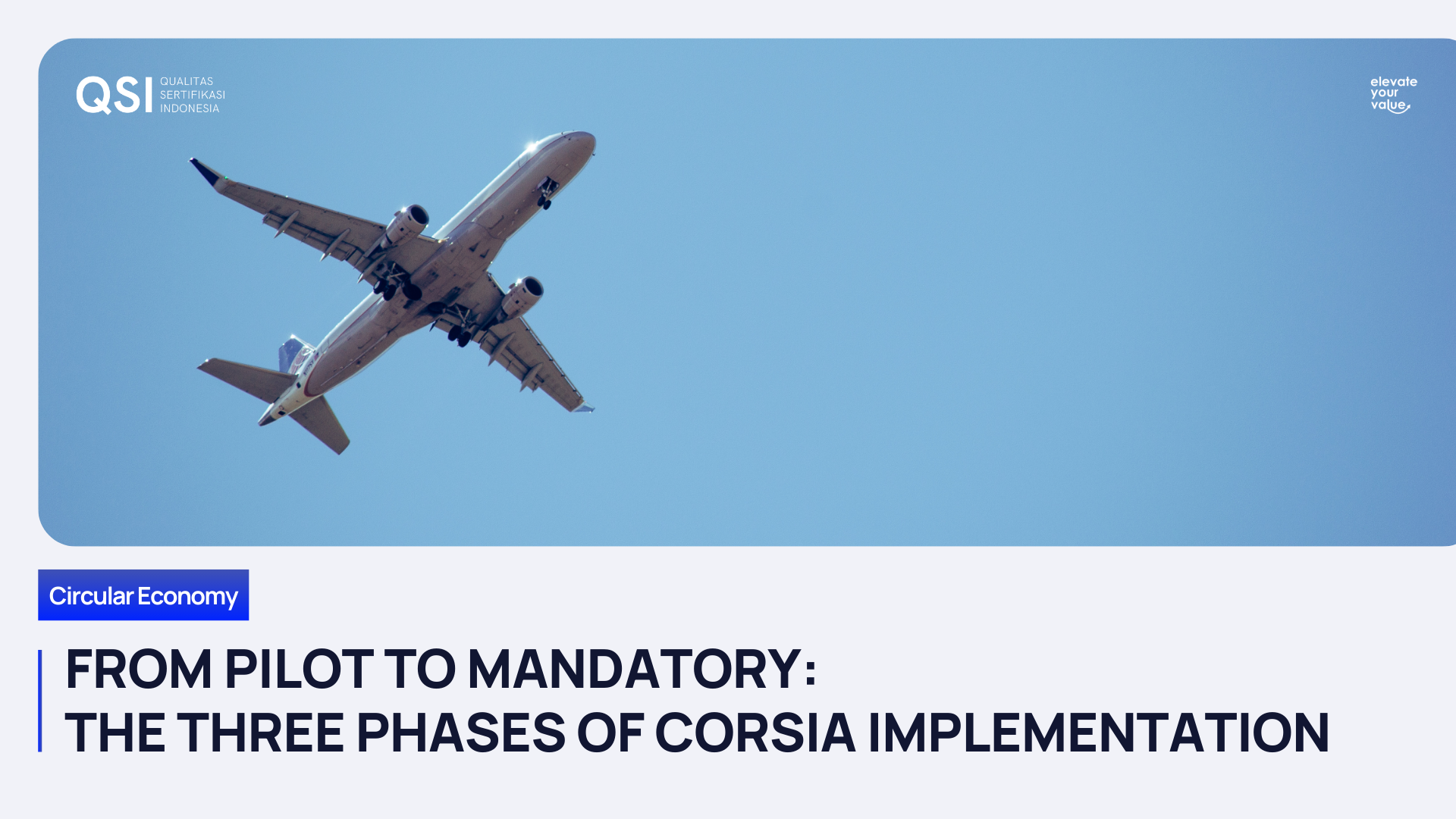
International aviation plays a crucial role in our interconnected world, but it comes at a significant environmental cost. The industry is responsible for approximately 900 million metric tons of CO2, accounting for about 2.5% of global carbon dioxide emissions, a figure that is projected to grow significantly in the coming decades. Recognizing this pressing challenge, the International Civil Aviation Organization (ICAO) established the Carbon Offsetting and Reduction Scheme for International Aviation (CORSIA) in 2016. How CORSIA Works CORSIA operates on a straightforward principle: airlines are required to offset their carbon emissions by investing in approved carbon reduction projects. These projects can range from renewable energy initiatives to reforestation efforts, all aimed at reducing or removing greenhouse gases from the atmosphere. The offsetting mechanism ensures that the aviation industry's growth does not come at the expense of the environment. The Three Phases of CORSIA Implementation Pilot Phase (2021-2023) The Pilot Phase of CORSIA, spanning from 2021 to 2023, was designed to serve as a testing ground for the scheme. During this phase, participation was voluntary, allowing states to opt-in and gather valuable data on carbon emissions from international flights. This phase played a crucial role in setting the baseline for future offsetting requirements by providing insights into emission levels and the effectiveness of the program. First Phase (2024-2026) Starting on January 1, 2024, CORSIA entered its First Phase. This phase marked the expansion of the scheme, with more states choosing to participate voluntarily. The baseline for offsetting requirements during this phase is set at 85% of 2019 emissions. This means that airlines need to offset any emissions above this baseline by investing in carbon reduction projects or purchasing carbon credits. The First Phase is essential in bridging the gap between the initial testing period and the full implementation of the scheme. Second Phase (2027-2035) The Second Phase of CORSIA, commencing in 2027, is a significant milestone as participation becomes mandatory for all ICAO Contracting States. The inclusion criteria are based on 2018 Revenue Tonne Kilometer (RTK) data, ensuring that countries with higher levels of international aviation activity contribute proportionally to emission reduction efforts. This phase aims to achieve more ambitious emissions reduction targets and reinforces the global commitment to combat climate change. The Importance of ISCC CORSIA The International Sustainability and Carbon Certification (ISCC) plays a critical role in supporting CORSIA. ISCC CORSIA certification ensures that the carbon credits used to offset emissions meet stringent sustainability criteria. Here's how ISCC CORSIA makes a difference: Credibility and Trust : By adhering to rigorous standards, ISCC CORSIA provides assurance that the carbon offsets are genuine, verifiable, and contribute to real emissions reductions. This credibility is vital for gaining the trust of stakeholders, including airlines, governments, and consumers. Sustainability : ISCC CORSIA promotes sustainable practices across the supply chain. This includes ensuring that biofuels and other renewable resources used in aviation are produced in an environmentally responsible manner, thereby supporting the broader goals of sustainability and carbon neutrality. Transparency and Accountability : The certification process involves detailed documentation and auditing, enhancing transparency and accountability. This helps prevent fraudulent activities and ensures that the carbon credits are traceable and legitimate. Global Collaboration : ISCC CORSIA fosters international cooperation by establishing a common framework for sustainability certification. This enables countries and airlines to work together towards a shared goal of reducing aviation's carbon footprint. The Impact on the Aviation Industry CORSIA's implementation has brought about several significant changes in the aviation industry: Increased Accountability : Airlines are now more accountable for their carbon emissions, promoting transparency and encouraging sustainable practices. Innovation in Carbon Reduction : The need to offset emissions has spurred innovation in carbon reduction technologies and practices within the aviation sector. Economic Opportunities : The demand for carbon credits and investment in carbon reduction projects has created economic opportunities in various sectors, including renewable energy and sustainable agriculture. CORSIA is a landmark initiative in the aviation industry's journey towards sustainability. By addressing carbon emissions through a phased approach, it lays the groundwork for long-term environmental stewardship. The support of ISCC CORSIA is indispensable in this effort, providing the necessary certification and credibility to ensure that carbon offsetting is both effective and trustworthy. For more information about the ISCC CORSIA, please visit our website or contact us today!
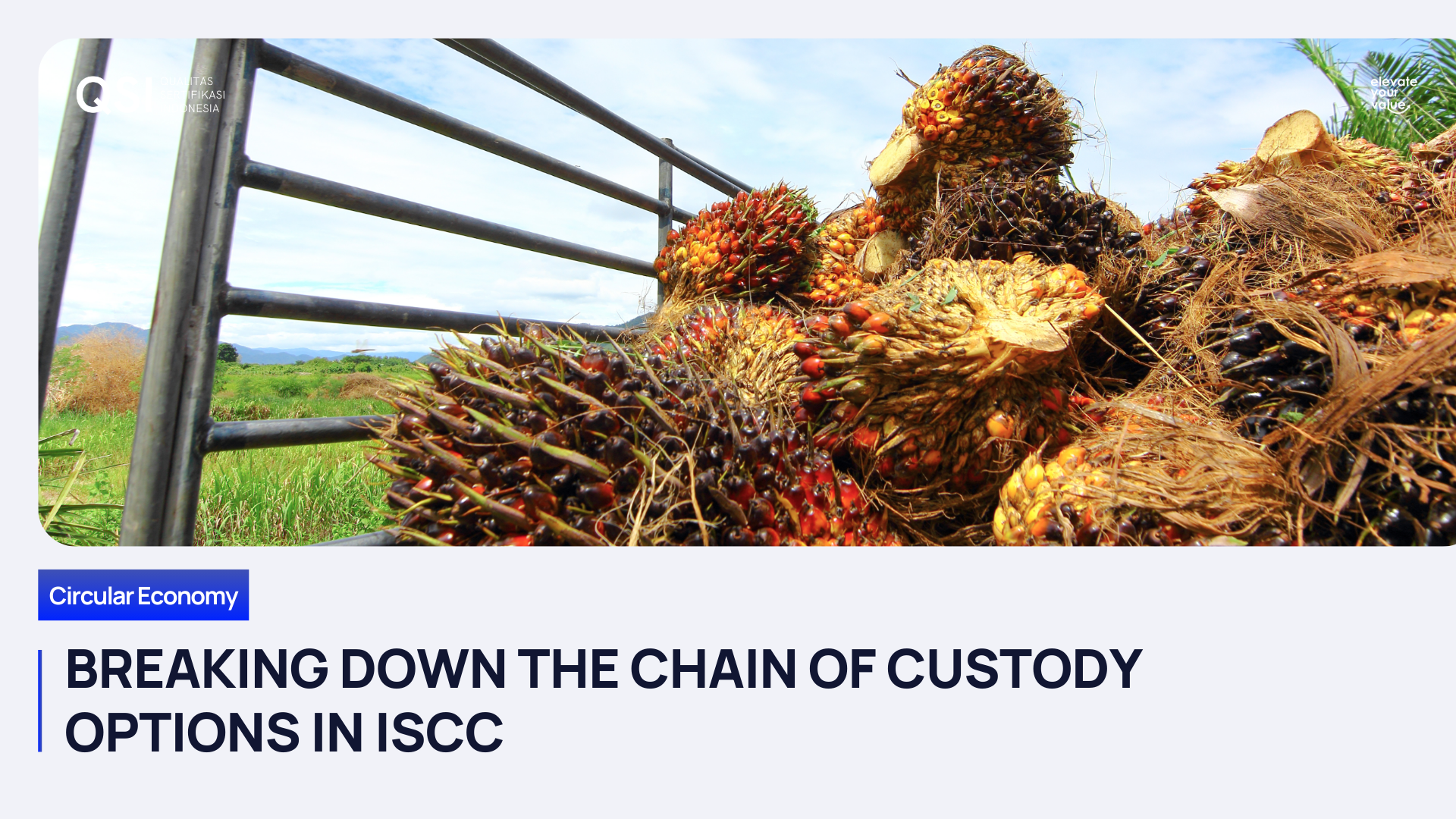
Let's face it, these days, businesses can't sweep supply chain traceability under the rug anymore. In many key markets, supply chain traceability isn't optional—it's a legal requirement. Regulators, particularly in countries like in the EU and increasingly elsewhere, are demanding strict transparency. Being able to trace a product right back to its origin has become a non-negotiable condition for doing business within these jurisdictions. That's where ISCC comes in. It provides a standardized framework, recognized by regulatory bodies, for companies to demonstrate they're meeting these mandatory traceability requirements. This is absolutely crucial for maintaining market access. What is Traceability? So, what exactly is traceability? Simply put, it's about being able to track and verify the whole journey of materials and products—the entire supply chain, from beginning to end. This kind of transparency makes sure every step of the production process is checked out and that sustainable practices are actually being used. With ISCC-certified products, this traceability goes even deeper. Every single operator in the supply chain is certified, so you've got complete accountability from start to finish. How ISCC Ensures Traceability ISCC uses different methods to ensure materials meet sustainability standards and are traced correctly throughout the supply chain. These methods vary, but each has its own advantages that support business needs and consumer confidence. Mass Balance The mass balance approach tracks the quantity and characteristics of renewable or biobased materials throughout the value chain. By documenting and balancing inputs and outputs, companies can back up their sustainability claims with proof. This is ideal for companies starting their sustainability journey and those looking for a flexible yet robust system. Controlled Blending In controlled blending, companies account for the renewable content in their final products, especially under ISCC PLUS. This way the sustainability of the materials can be tracked and verified, so companies can meet high standards while being transparent. Perfect for industries transitioning to sustainability and want to keep their environmental promises. Physical Segregation For companies who want the highest level of transparency, physical segregation is the most strict approach. This method ensures that only certified, sustainable materials are used in production, and every step of the process—from storage to transportation—is separate to maintain the integrity of the certified product. Perfect for eco-conscious consumers who want credible sustainability claims. The Value of Traceability along Supply Chains Securing ISCC certification is a strategic imperative for businesses navigating evolving regulatory landscapes. It ensures compliance with increasingly stringent sustainability mandates, particularly in sectors subject to regulations on biofuel production, renewable energy targets, and sustainable sourcing. By achieving ISCC certification, companies proactively mitigate risks associated with non-compliance and demonstrate adherence to industry best practices recognized by regulatory bodies. This not only safeguards market access but also positions businesses to capitalize on emerging opportunities within regulated sustainable markets. For more information about the ISCC, please visit our website or contact us today!
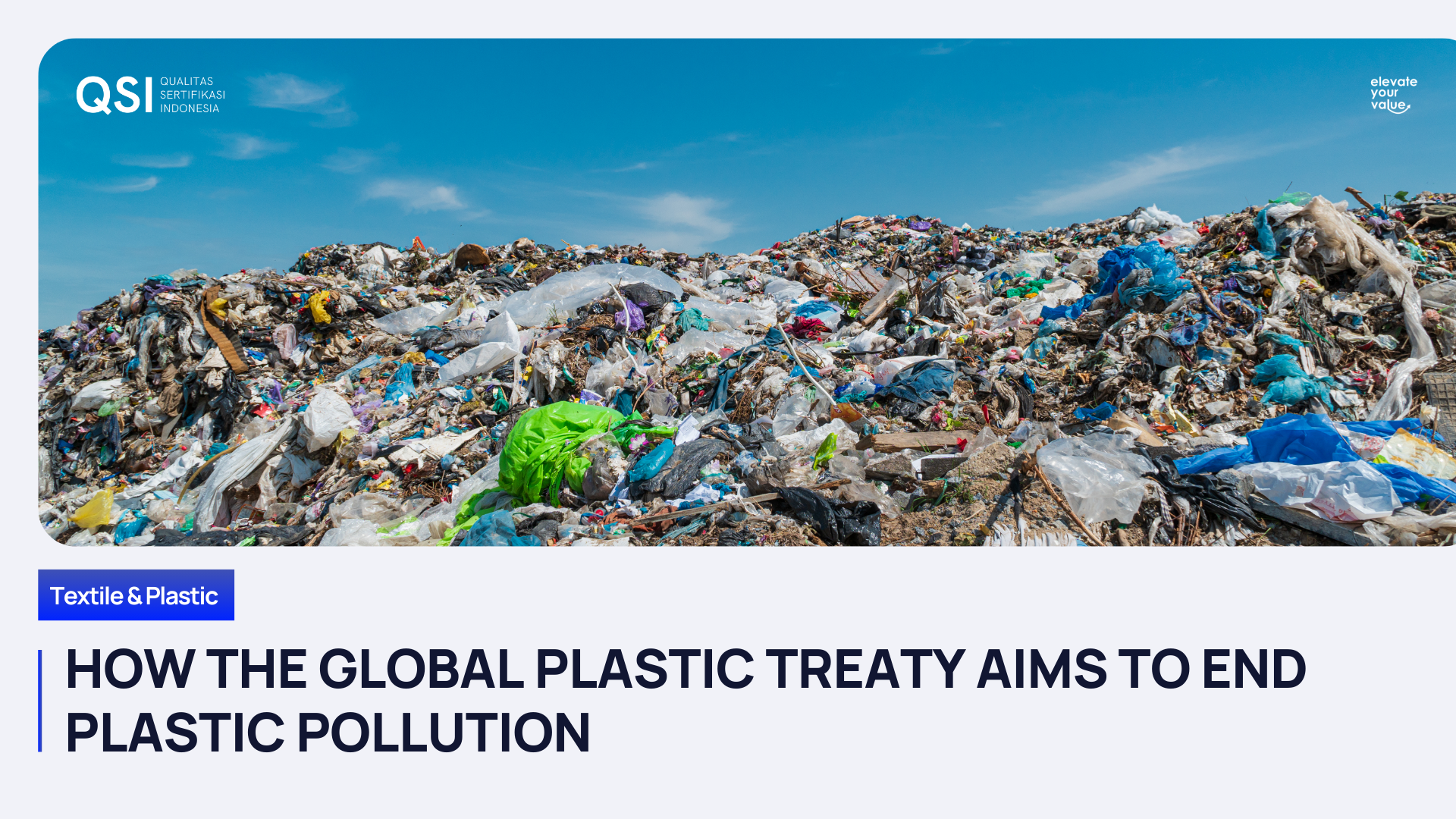
As a result of the increasing problem of plastic pollution in the world, the UN Environment Programme (UNEP) Executive Director Inger Andersen emphasized the need for a Global Plastics Treaty by announcing the start of the Paris accord-like process with legal instruments to deal with plastic pollution in March 2022 at the resumed fifth UN Environment Assembly (UNEA-5.2). This was approved in 175 countries and it seeks to focus on the entire lifecycle of plastics, from its design to production and disposal. What is the Global Plastic Treaty? The Global Plastic Treaty is a proposal for an international agreement that aims to plan in detail the ways of combating plastic pollution including its manufacture and utilization which ultimately would result in a decrease of global plastic pollution. This project is being set within UNEP and has been actively supported by various coalition of governments, industries and groups working for the environment. Why is the Treaty Necessary? All the economic losses due to pollution caused by plastics are equally huge, the loss of billions of dollars each year owing to its effects on fisheries, tourism and the well being of people. In addition to this, the sickening image keeps the use and burning of plastics contributes and accentuates the emission of greenhouse gases. Taking into attention the size of these challenges, global production of plastics is likely to double by 2040 , if the current trends remain unabated. These multifarious issues are targeted by the three pillars of the Global Plastic Treaty through an all-inclusive legal approach, which are: Principle 1: Understanding Plastics as Carbon and Chemicals; Principle 2: Addressing the Harmful Health Effects from Chemicals in Plastics; Principle 3: Recognizing that Toxic Chemicals Make Plastics Incompatible with a Circular Economy. Key Aspects of the Global Plastics Treaty Lifecycle Approach : The Treaty seeks to reduce plastic pollution and plastic usage through measures such as eliminating the need for single use plastic, increasing the safe and viable options available, ensuring responsible production and consumption, modifying recycling approaches, and managing wastage of plastic by targeting pollution at every stage of plastic’s life cycle. Binding Targets : The Treaty suggests legally enforceable initiatives to reduce plastic usage which include specific targets for recycling as well as the percentage of plastic in consumer goods which has been recycled. Extended Producer Responsibility (EPR ): The Treaty supports abandoning End of Product Life policies owned by the producers as it introduces a new concept of Environmental Pollution Responsibility (EPR) that pushes the manufacturers, wholesalers, and retailers to be responsible in controlling wastes created after the sale of their products. Just Transition : The Treaty advocates a “Just Transition” for informal waste pickers with a focus on ending poverty through safeguarding the resource sector along with livelihoods for that sector in more economically developed industries. Global Cooperation : The Treaty underscores the need for developed countries to lend a helping hand in the reduction of plastic usage in developing countries by providing financial and technological support to achieve set goals. Environmental and Health Protection : Finally, the Treaty highlights the importance of being able to take legal action against irregularities in plastic supply chains as that will help in reducing the negative impact on health as well as the production of micro and nanoplastics that leak into water bodies. It also mentions the issue of impact of plastics in the climate change context and seeks to move towards a paradigm shift that would decrease the greenhouse gas emissions associated with the life cycle of plastics. Progress and Challenges This treaty has advanced towards its objectives since its inception. In 2013 negotiations started in a more organized fashion when an Intergovernmental Negotiating Committee (INC) was formed for the purpose of drafting the Treaty in 2024. During these negotiations, various stakeholders including industry, academia and civil society representatives have been engaged in discussions to ensure balance and inclusiveness. However, challenges remain. Enhanced expectations of the developed countries, related to funding, technology transfer and historical pollution responsibility have made negotiations intractable. Moreover, plastic-dependent industries have raised alarm bells on the negative economic ramifications that enacting strict regulations would have. Plastic Pollution Reduction Standard (PPRS) One of the key components which supports the Global Plastic Treaty is the Plastic Pollution Reduction Standard (PPRS) of PCX Solutions. The PPRS offers a distinct and attainable framework which provides guidelines for plastic offsetting programs. It defines controllable conditions which must be emphasized including stringent environmental and social impact policies, and the availability of a mechanism to monitor performance and provide accountability with full disclosure of all information. Furthermore, the PPRS-registered Projects can generate one plastic credit for every metric ton (MT) of post-consumer plastic waste that has documented collection and End-of-Waste processing. Credits can only be generated within the validated scope of the project as approved by its VVB. The Global Plastic Treaty is an important milestone in protecting the future. It seeks to combat plastic pollution in a unified manner while fostering cooperation among nations to safeguard the earth and protect its environment for future peoples. The success of this Treaty relies on the willingness of all affected countries to work together. For more information on the PPRS, check out our website or give us a call !
